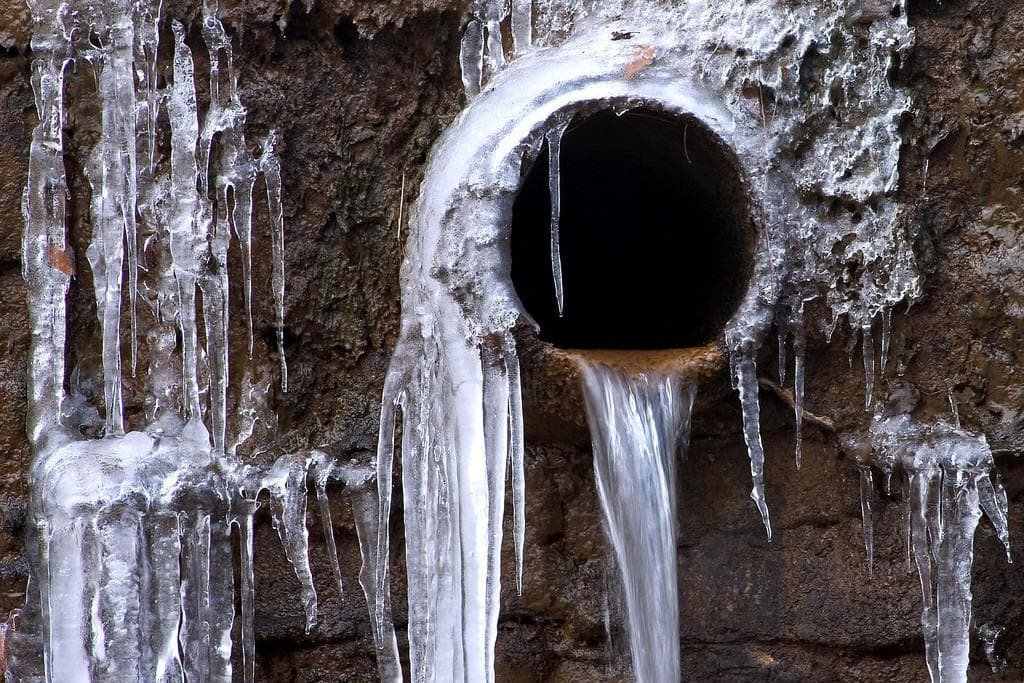What're your insights and beliefs about Prevent Frozen Pipes ?

Cold weather can damage your pipes, especially by freezing pipes. Here's how to avoid it from taking place and what to do if it does.
Intro
As temperatures drop, the risk of icy pipelines rises, potentially bring about costly repair services and water damage. Recognizing exactly how to stop icy pipes is crucial for homeowners in chilly climates.
Avoidance Tips
Insulating at risk pipes
Cover pipes in insulation sleeves or make use of heat tape to shield them from freezing temperatures. Concentrate on pipes in unheated or outside locations of the home.
Home heating strategies
Maintain indoor rooms sufficiently heated up, particularly locations with plumbing. Open up closet doors to permit cozy air to circulate around pipelines under sinks.
Exactly how to determine frozen pipelines
Try to find decreased water circulation from taps, unusual odors or sounds from pipelines, and visible frost on exposed pipelines.
Long-Term Solutions
Architectural modifications
Think about rerouting pipes away from exterior wall surfaces or unheated areas. Add added insulation to attics, basements, and crawl spaces.
Upgrading insulation
Purchase top notch insulation for pipelines, attics, and walls. Appropriate insulation helps maintain consistent temperatures and minimizes the danger of frozen pipes.
Securing Outside Pipes
Yard pipes and outdoor taps
Detach and drain yard hoses prior to winter months. Set up frost-proof spigots or cover exterior faucets with protected caps.
Comprehending Icy Pipes
What creates pipes to freeze?
Pipelines freeze when subjected to temperature levels listed below 32 ° F (0 ° C) for prolonged durations. As water inside the pipelines freezes, it expands, taxing the pipe wall surfaces and possibly triggering them to break.
Dangers and problems
Frozen pipelines can lead to water interruptions, residential property damage, and expensive repair services. Ruptured pipelines can flood homes and trigger considerable structural damage.
Indications of Frozen Pipes
Identifying frozen pipelines early can avoid them from bursting.
What to Do If Your Pipelines Freeze
Immediate activities to take
If you think frozen pipelines, keep taps available to relieve stress as the ice melts. Utilize a hairdryer or towels soaked in warm water to thaw pipes gradually.
Conclusion
Avoiding frozen pipes requires positive measures and fast responses. By comprehending the causes, indications, and safety nets, homeowners can protect their plumbing throughout cold weather.
6 Proven Ways to Prevent Frozen Pipes and Protect Your Home
Disconnect and Drain Garden Hoses
Before winter arrives, start by disconnecting your garden hoses and draining any remaining water. Close the shut-off valves that supply outdoor hose bibs and leave the outdoor faucet open to allow any residual water to drain. For extra protection, consider using faucet covers throughout the colder months. It’s also important to drain water from any sprinkler supply lines following the manufacturer’s directions.
Insulate Exposed Pipes
Insulating your pipes is an effective way to prevent freezing. Pipe insulation is readily available at home improvement stores and is relatively inexpensive. Pay close attention to pipes in unheated areas such as the attic, basement, crawl spaces, or garage. Apply foam insulation generously to create a buffer against the cold. You can also wrap your pipes in heat tape or thermostat-controlled heat cables for added warmth.
Seal Air Leaks
Inspect your home for any cracks or openings that could let in cold air. Seal any holes around the piping in interior or exterior walls, as well as the sill plates where your home rests on its foundation. Additionally, make sure to keep your garage door closed unless you’re entering or exiting. Leaving it open creates a significant air leak that can lead to frozen pipes.
Allow Warm Air Circulation
During cold snaps, it’s essential to allow warm air to circulate evenly throughout your home. Leave interior doors ajar to promote better airflow. Open kitchen and bathroom cabinets to help distribute heat consistently around the rooms. If you have small children or pets, be sure to remove any household chemicals or potentially harmful cleaners from open cabinets for safety.
Let Faucets Drip
A small trickle of water can make a big difference in preventing ice formation inside your pipes. When temperatures drop significantly, start a drip of water from all faucets served by exposed pipes. This continuous flow helps prevent the water from freezing. Additionally, running a few faucets slightly can relieve pressure inside the pipes, reducing the chances of a rupture if the water inside does freeze.
https://choateshvac.com/6-proven-ways-to-prevent-frozen-pipes-and-protect-your-home/

I came across that blog entry on Preventing and dealing with frozen pipes when surfing around the internet. Make sure you take a moment to share this blog entry if you liked it. I recognize the value of your readership.
Call Today